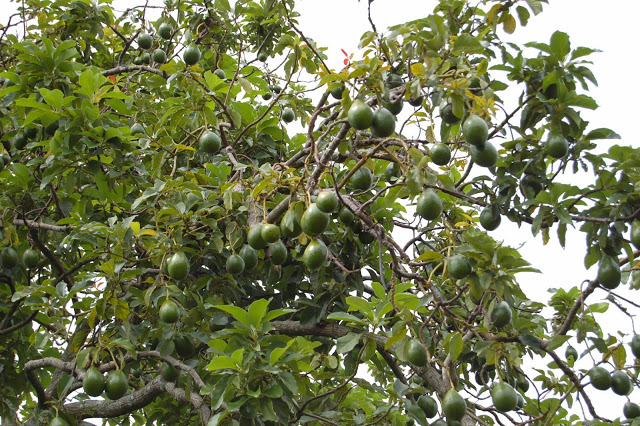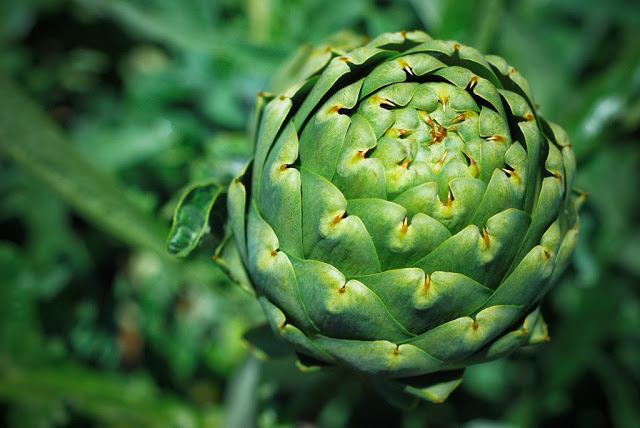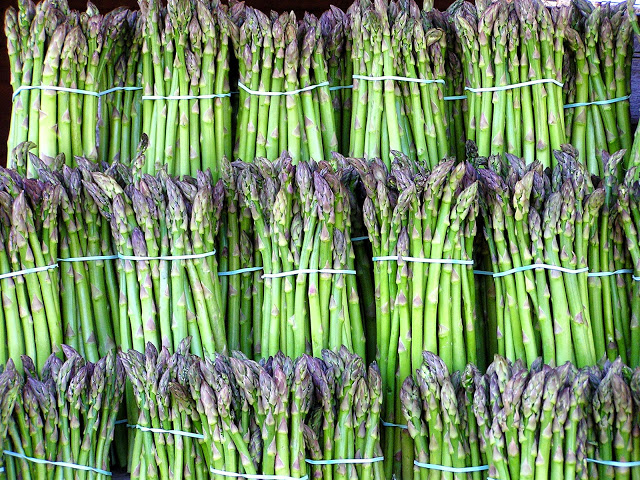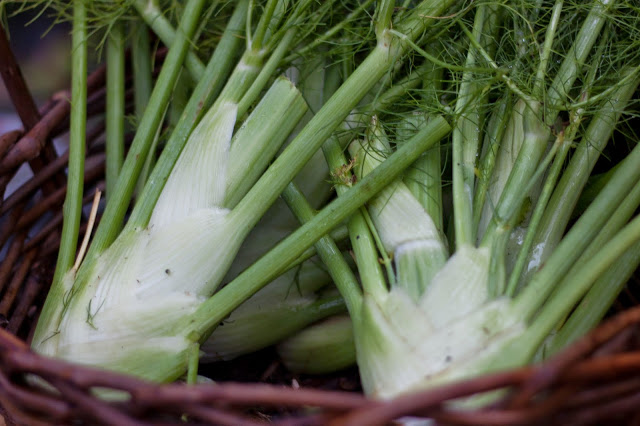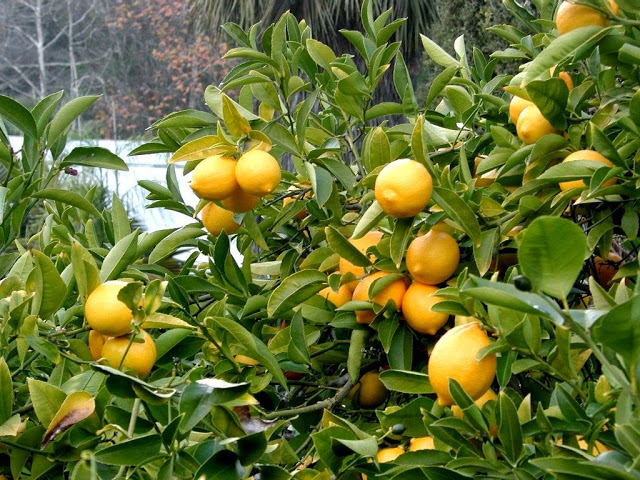| Online: | |
| Visits: | |
| Stories: |
10 Fruits & Vegetables You Can Plant Once — And They Will Keep Coming Back Every Year
Most of the foods we grow are annuals. In other words, each winter, annuals die and must be replanted in the spring. Perennials, on the other hand, will keep coming back year after year. Here are some delicious perennials to plant now.
While all plants listed below are perennials, they may not grow perennially in all locations. It depends on where you live. Check for compatability with your region before making a purchase.
1. Avocado
The avocado tree is native to the humid and semihumid tropics. It does best at moderately warm temperatures (60 – 85F) and moderate humidity. Once established, t can tolerate temperatures to around 32 – 28F with minimal damage. If purchasing a tree, you can probably expect to see your first avocado fruit 3-4 years after planting the tree. If growing from seed, it can take anywhere from 5 to 13 years before the tree is mature enough to set fruit.
2. Artichoke
The Globe artichoke is an heirloom perennial vegetable grown for its tender, edible flower buds. The plant can spread up to 6 feet across. The artichoke can be grown almost everywhere in the United States, except possibly southern states like Florida and Texas, where the summers are too hot. The ideal growing conditions are cool and moist summers and mild winters.
If you live in a climate colder than Zone 8, it is best to start new plants each year. If you have mild winters and mulch well, the artichokes will survive as perennials.
3. Asparagus
Asparagus shoots are one of the first signs of spring, poking out of the garden soil alongside other perennials like tulips and crocus.
Asparagus plants are perennial, which means the same plants grow in your garden year after year. The first year, you won’t harvest asparagus at all, and each year you will need to leave plenty of shoots behind, letting them flower and grow into the next year’s harvest. Asparagus plants will grow in your garden for many years — 15, 20, even 30.
Asparagus grows well in all parts of the country except the warmest portions, zones 8 and higher. These warmer zones have mild winters, and as such the plants do not go completely dormant. They cannot gain strength and will decline.
4. Fennel
Fennel, similar to celery, is a perennial plant that will give you aromatic seeds for seasoning and a thick bulb which is eaten as vegetable. The fennel bulb is a popular ingredient in Mediterranean cuisine, and it can be eaten raw in salads, as well as grilled or baked.
Fennel will survive winters between growing zones 5 and 10. If you intend to harvest the bulb, you should plant Florence fennel.
5. Lemon
Lemon trees and other citrus fruits grow well in tropical and subtropical climates. Sweet citrus trees like oranges need hotter climates, but sour citrus such as lemons don’t require higher temperatures, making them a possibility even for those in cooler coastal areas.
Ideally, you want to plant a lemon tree in the spring. A spring planting allows the tree to establish itself before cooler winter temperatures hit and potentially cause damage that can slow the tree’s growth. Place the lemon tree in a sunny location that drains well. Fertilize the lemon tree each month from spring to summer for the first year with a citrus tree fertilizer that contains nitrogen.
Every Day is Earth Day
Source: http://www.riseearth.com/2015/03/10-fruits-vegetables-you-can-plant-once.html





